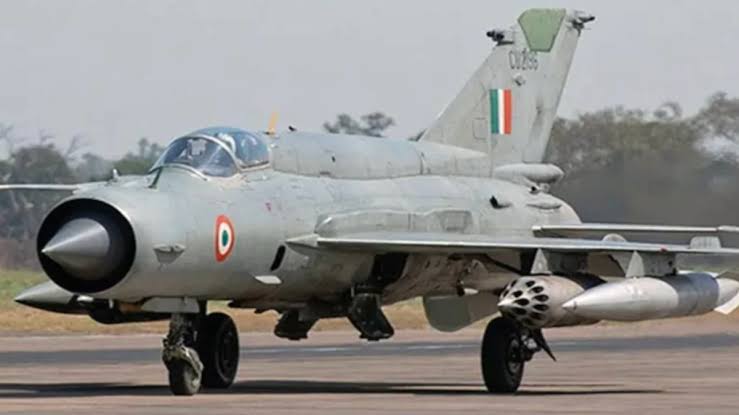For many years, the Indian Air Force (IAF) has protected our skies and maintained national security. In its ongoing pursuit of excellence and to keep a competitive edge over possible rivals, the IAF regularly adapts to new technical breakthroughs. With the MIG-21’s retirement, an aircraft that bravely served the country for many years, a significant step in this direction has been accomplished. It is essential to retire this antiquated fighter as 2025 draws near and usher in newer, more advanced aircrafts in order to improve our national security and protect the lives of our valiant pilots.
A Legacy of Valour
The MIG-21, which has been India’s partner in combat during multiple conflicts and has earned the nickname “Flying Coffin” due to its outdated design, has served as a testament to the ability and valor of our pilots. The requirements of contemporary aerial combat, however, has changed with time, requiring the usage of aircrafts with cutting-edge technology, more sophisticated avionics, and unparalleled mobility. It’s important to remember that, despite the MIG-21’s illustrious past, its retirement was a conscious choice made to protect the effectiveness and safety of our Air Force personnel.
Increase in Operational Effectiveness
The MIG-21’s retirement will considerably improve the IAF’s operational effectiveness. Modern aircrafts that offer stronger radar systems, better weaponry, and higher stealth include the Rafale, Sukhoi Su-30MKI, and Tejas. The IAF will be better positioned to react rapidly and strongly to any emerging security threats by switching to these cutting-edge platforms. For a modern, efficient Air Force, these aircrafts provide improved mission success rates, shorter maintenance downtime and increased pilot safety.
Pilot Safety: A Top Priority
Our pilots’ safety is of the utmost concern. The MIG-21 poses substantial dangers in the context of contemporary aerial combat because of its antiquated architecture and constrained technological capabilities. We are putting the lives of the brave people who defend our country first by retiring the MIG-21 and investing in the future of our Air Force. Modern safety equipments like ejection seats, complete avionics suits and greater structural integrity are standard on newer aircrafts, which increases the chances that a pilot survives an emergency situation.
Prestige and International Standards
India would be in compliance with global standards for military aviation by retiring the MIG-21. Due to the knowledge of the need for modernization and staying ahead of potential threats, several wealthy nations have already abandoned older models of aircrafts. India boosts its presence on the world stage by acquiring a fleet of modern, effective aircrafts and demonstrating its dedication to maintaining a modern, formidable Air Force.
Conclusion
A crucial step in ensuring the safety of our pilots, improving our operational capabilities and maintaining global standards of military aviation is the retirement of the MIG-21 from the Indian Air Force by 2025. This choice demonstrates India’s drive to modernization and its desire to arm its armed forces with the best available technology. We herald in a new era of air superiority with the retirement of the MIG-21, one in which our pilots can soar with confidence and our country can unwind knowing that its skies are protected from any attack.
